3-component engine
“I just met a representative of an investment fund from Taiwan (China). They are very interested in industrial real estate in Ho Chi Minh City,” Vice President of the Vietnam Industrial Real Estate Association (VIREA), Mr. Tran Thien Long told VietNamNet after finishing a working session with foreign partners.
According to Mr. Long, such meetings and contacts have taken place quite frequently in recent times, especially when information about the new Ho Chi Minh City's boundaries was officially announced. FDI enterprises and foreign investment funds look to the new Ho Chi Minh City with the advantage of an ecosystem that has been brought together into one branch: financial center - industrial capital - seaport services.
The Vice President of VIREA estimated that Ho Chi Minh City only has about 100 industrial parks (old and newly planned). With a large land fund, this will be a locality that strongly attracts investment projects from domestic and foreign enterprises in the coming time.
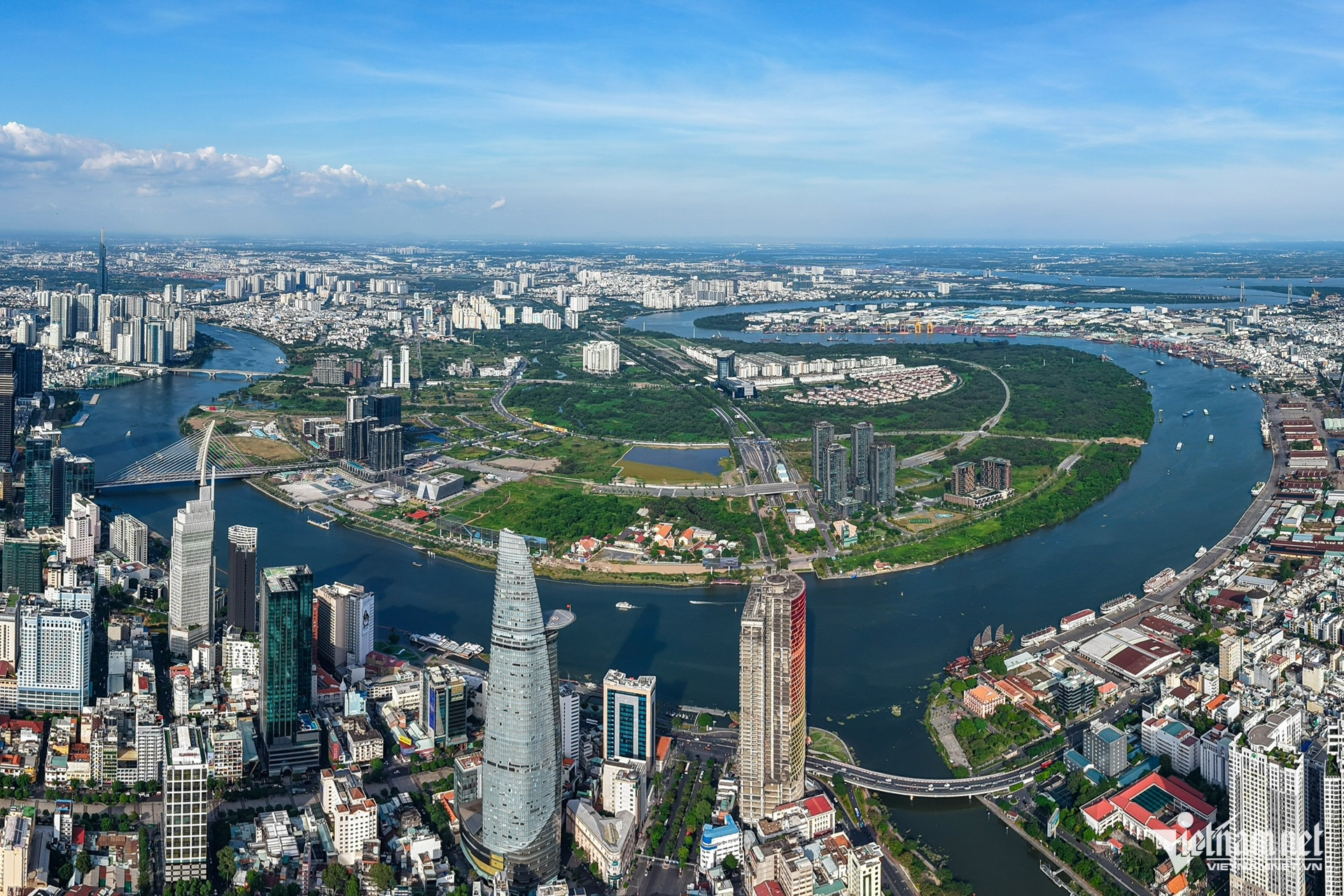
Experts estimate that the total GRDP of Ho Chi Minh City after consolidation will reach more than 2.7 million billion VND, equivalent to about 104 billion USD. Photo: Nguyen Hue
However, it is not just a simple expansion in terms of geography or population, merging three localities leading in economic scale, including Ho Chi Minh City, Binh Duong and Ba Ria - Vung Tau , is also a resonance of resources, infrastructure, industry structure and development strategy.
Dr. Vu Thi Hong Nhung, Lecturer of Economics at the Faculty of Business, RMIT University Vietnam, said that Ho Chi Minh City is a multi-sector economy with high complementarity between regions.
Specifically, Ho Chi Minh City (old) plays the role of a financial, technological and e-commerce center, in which the digital economy contributes up to 40% to GRDP. Binh Duong Province (old) holds the position of the "industrial capital" of the country, standing out with its production capacity and ability to attract foreign investment. Meanwhile, Ba Ria - Vung Tau Province (old) owns the Cai Mep - Thi Vai deep-water port system, an important hub for logistics, oil and gas and marine tourism.
The combination of the three localities forms a "three-component engine cluster", including industry - finance - logistics and tourism, which has the ability to develop mutually and create more momentum than if each locality operated independently as before.
“This model helps form a chain of urban - industrial - seaport - service links, similar to successful models in Shanghai (China), Singapore or Bangkok (Thailand),” Ms. Nhung commented.
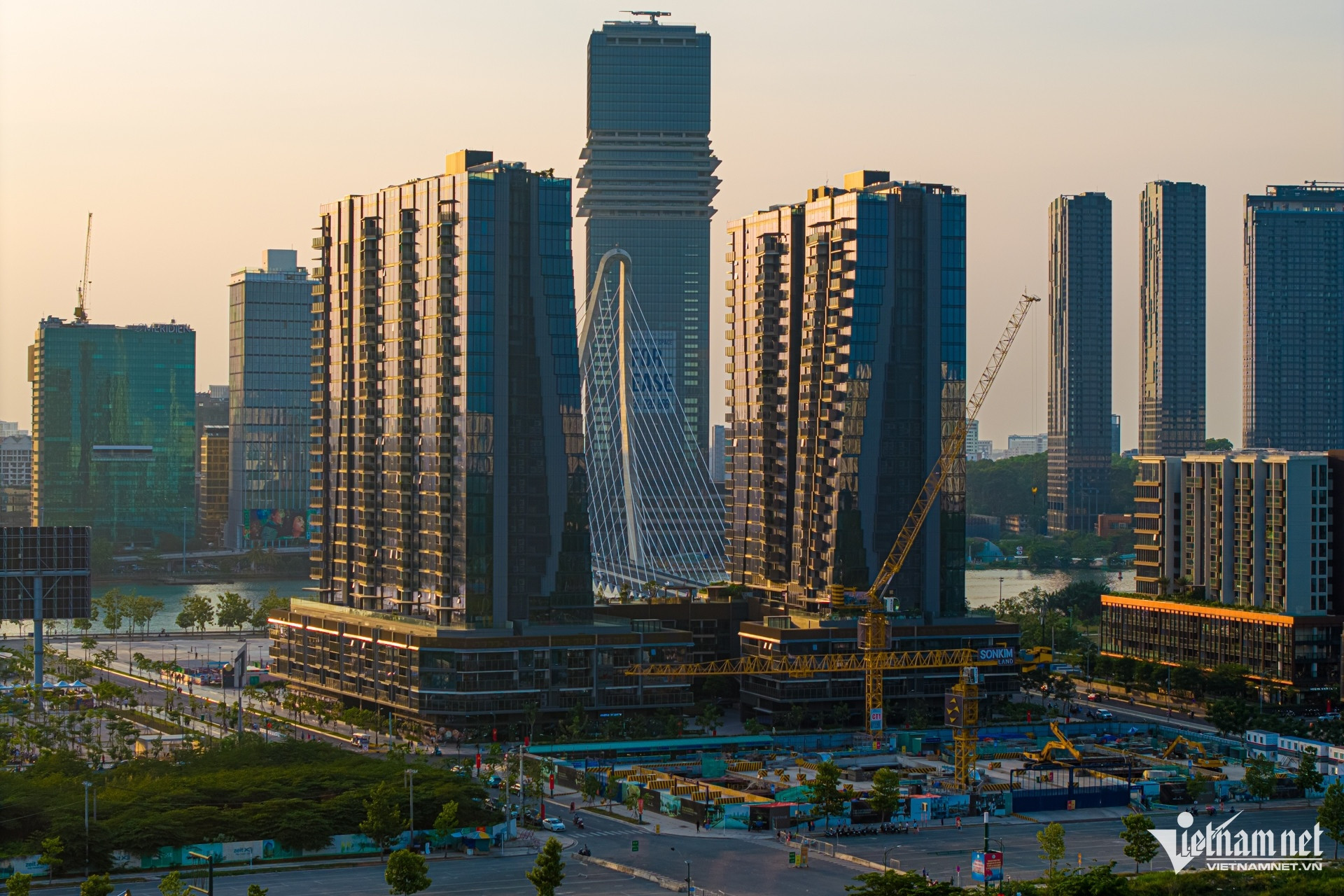
In the last 6 months of the year, Ho Chi Minh City's growth still faces many challenges. Photo: Nguyen Hue
Challenges for growth
With a population of about 14 million people, Ho Chi Minh City has officially become Vietnam's first "megacity" according to the United Nations' definition, which is an urban area with a population exceeding 10 million people.
Based on 2024 statistics, Dr. Vu Thi Hong Nhung estimated that the total consolidated GRDP of Ho Chi Minh City after the merger is estimated to reach more than 2.7 million billion VND (equivalent to about 104 billion USD). Of which, the old Ho Chi Minh City contributed about 1.778 million billion VND, the old Binh Duong was 0.52 million billion VND and the old Ba Ria - Vung Tau was 0.417 million billion VND.
Despite significant expansion, the economic scale of Vietnam's "megacities" is still far behind that of some major cities in the region. For example, Ho Chi Minh City's total GRDP is currently only about 47% of Jakarta's economic scale ($226 billion in 2024).
At the first meeting on the socio-economic situation of Ho Chi Minh City after the merger, talking about the growth target for 2025, Mr. Nguyen Khac Hoang, Director of the Ho Chi Minh City Statistics Office, pointed out two major problems that the city has to face.
Firstly , the city's price index is very high. Specifically, compared to the same period, the agricultural production price index increased by 13%; industrial production increased by 5.37%; service production increased by 10%; transportation fares also increased by over 22%. Therefore, the average consumer price index (CPI) in the first 6 months of the year in Ho Chi Minh City increased by 4.4%. The increase in CPI greatly affects purchasing power and production, thereby affecting economic growth in the remaining months of 2025.
Second, in the first 6 months of the year, for every 10 businesses entering the market, 9 businesses withdrew from the market. This proves that the business and investment environment in Ho Chi Minh City still has bottlenecks.
Regarding this issue, Director of the Ho Chi Minh City Institute for Development Studies (HIDS), Mr. Truong Minh Huy Vu noted that the city needs to specifically analyze the scale and fields of businesses that have left the market.
In the immediate future, for investment activities, the city government needs to pilot the “green channel model” for priority projects, both public and private investment. Green channels help the city focus resources on specific projects, speed up project implementation progress to put projects into practice.
“There needs to be a program to cut administrative procedures with the concept of a 'cutting machine' to help make the market as open as possible,” Mr. Vu suggested.
Assessing Ho Chi Minh City as a multi-polar city with strengths in industry, seaports, tourism and finance, when talking to VietNamNet , Dr. Phan Thanh Chung, Lecturer of Economics at the Faculty of Business, RMIT University Vietnam, pointed out that the city's biggest bottleneck is the lack of a regional coordination mechanism.
Currently, Ho Chi Minh City, Binh Duong and Ba Ria - Vung Tau still have separate management, budget and planning systems. If not changed soon, development will fall into fragmentation, intra-regional competition and waste of resources.
To fully exploit the potential of the new city, a prerequisite is to have a strong and flexible regional coordination mechanism. Mr. Chung gave an example of a regional coordination institution, equivalent to the regional urban government model in Tokyo (Japan) or London (UK). This agency has the right to approve inter-provincial planning, allocate budgets, coordinate public investment and connect administrative data.
In addition, the new Ho Chi Minh City needs to have a comprehensive integrated regional plan, with clear development roles: Binh Duong area (old) focuses on industry - manufacturing; Ba Ria - Vung Tau (old) develops logistics - seaports, tourism; and the core Ho Chi Minh City plays the role of a financial - high-end service and innovation center.
At the same time, the city must accelerate investment in connecting infrastructure networks, including highways, dedicated railways and seaport logistics.
“HCMC will only be successful if the merger is accompanied by real linkages, not just simple administrative expansion. In addition, applying flexible incentive policies according to the characteristics of each region can also create new growth momentum,” the RMIT representative pointed out.
Vietnamnet.vn
Source: https://vietnamnet.vn/vi-sao-sieu-do-thi-tphcm-chua-duoi-kip-jakarta-ve-quy-mo-kinh-te-2419840.html



![[Photo] National Assembly Chairman Tran Thanh Man holds talks with New Zealand Parliament Chairman](https://vphoto.vietnam.vn/thumb/1200x675/vietnam/resource/IMAGE/2025/8/28/c90fcbe09a1d4a028b7623ae366b741d)

![[Photo] Images of the State-level preliminary rehearsal of the military parade at Ba Dinh Square](https://vphoto.vietnam.vn/thumb/1200x675/vietnam/resource/IMAGE/2025/8/27/807e4479c81f408ca16b916ba381b667)
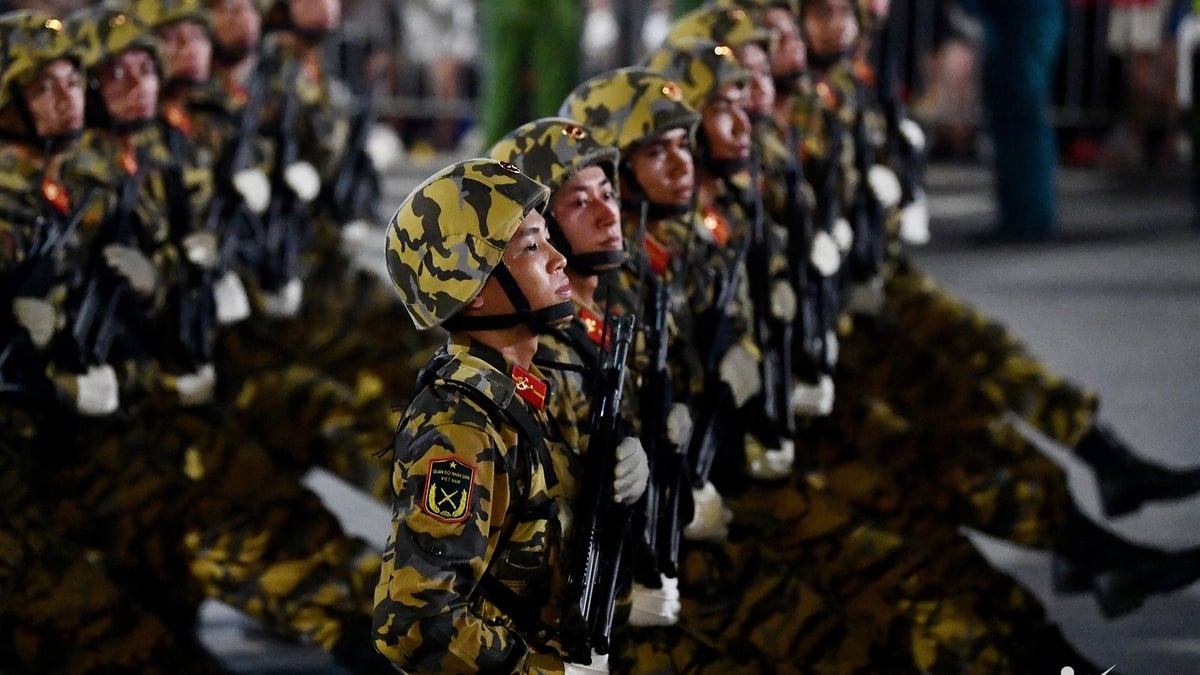

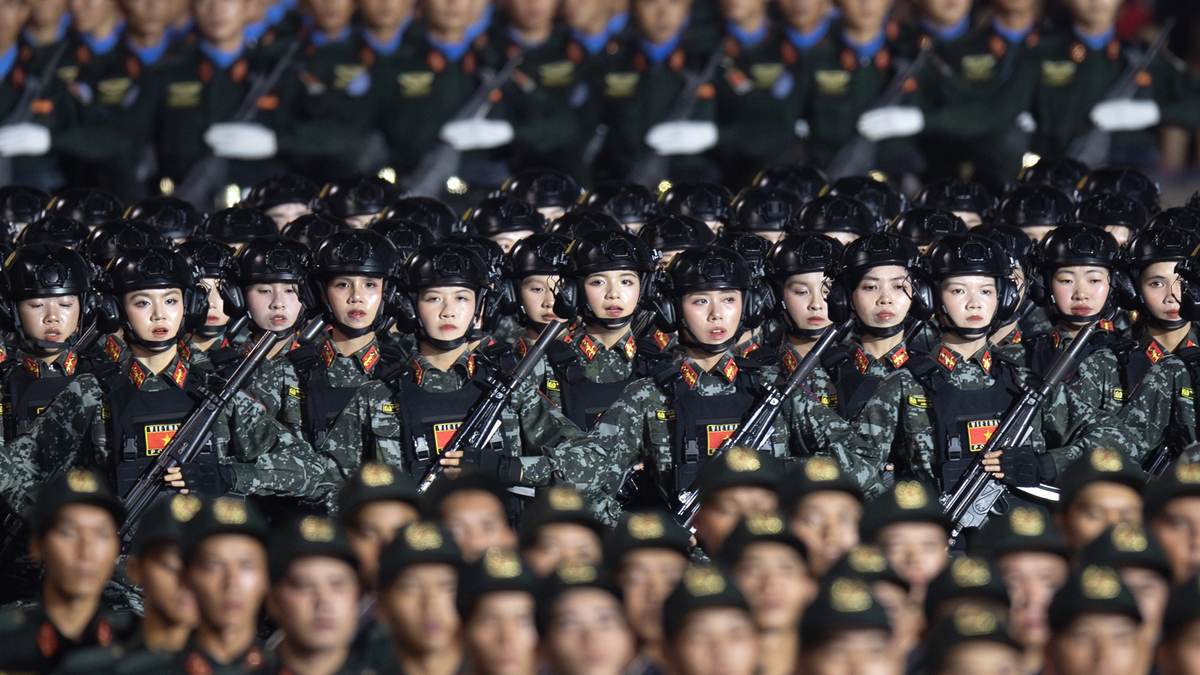



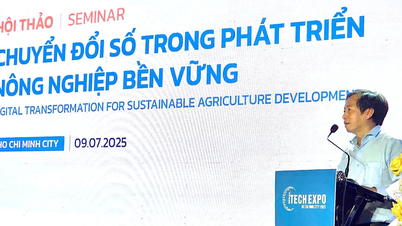

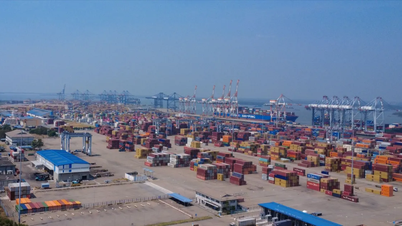
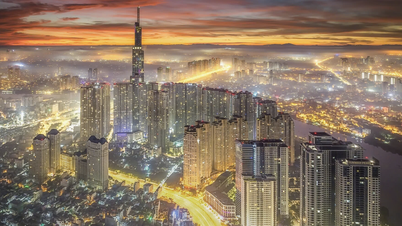




















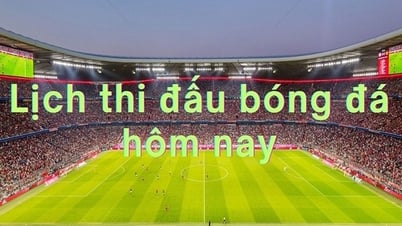

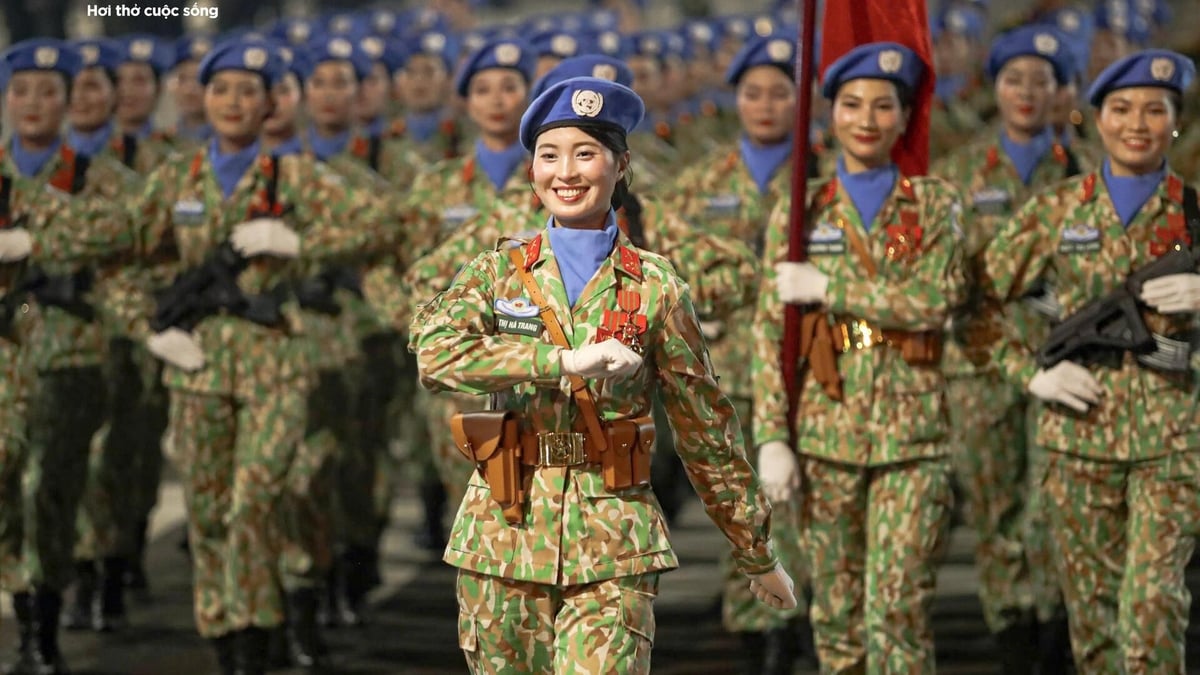
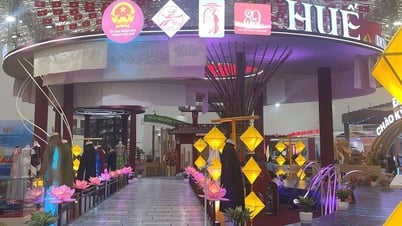

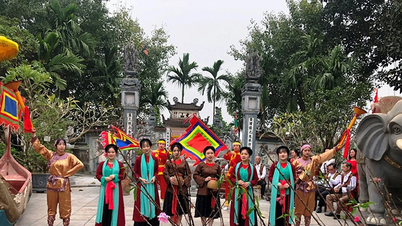

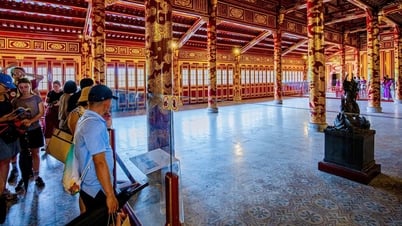
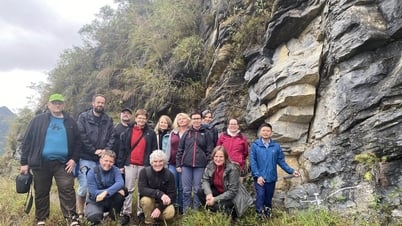


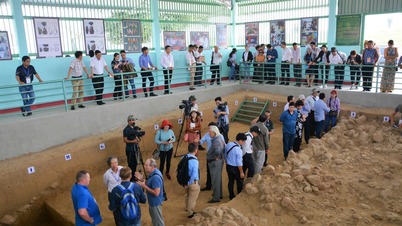

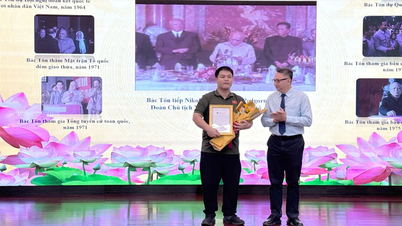
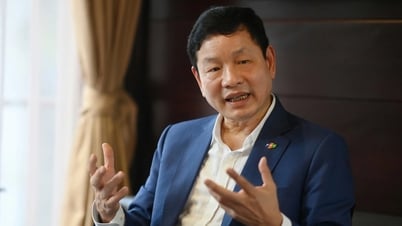






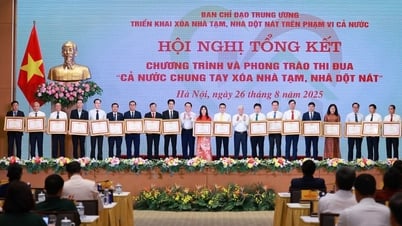

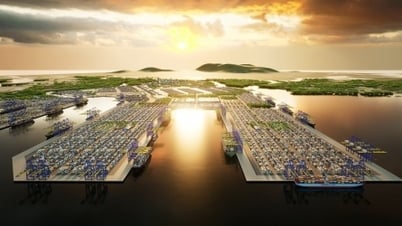

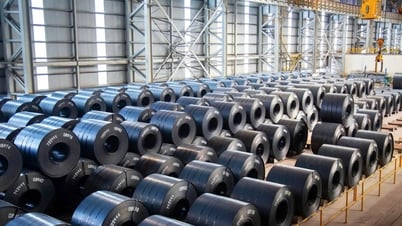











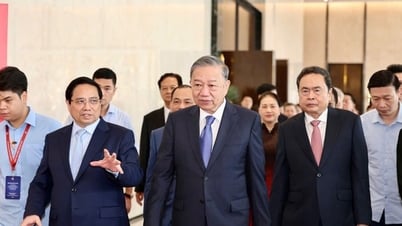

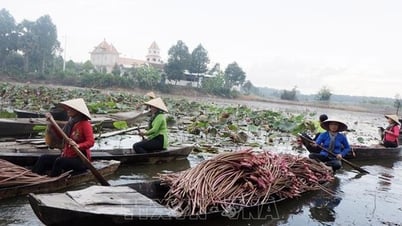


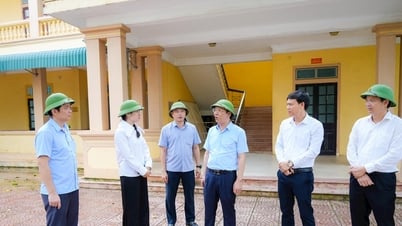



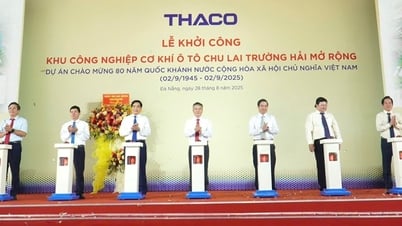


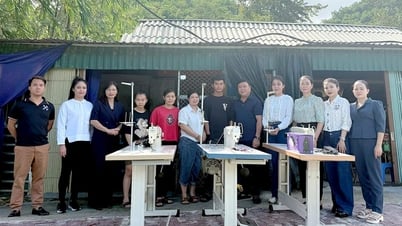
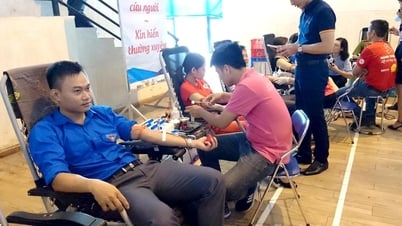
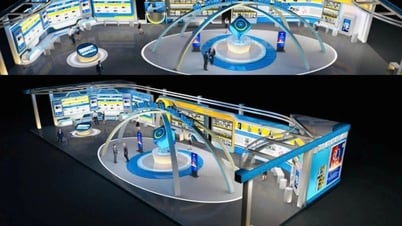
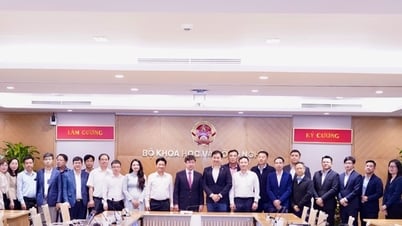




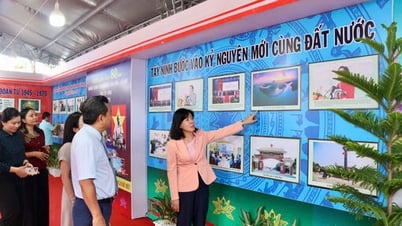






Comment (0)